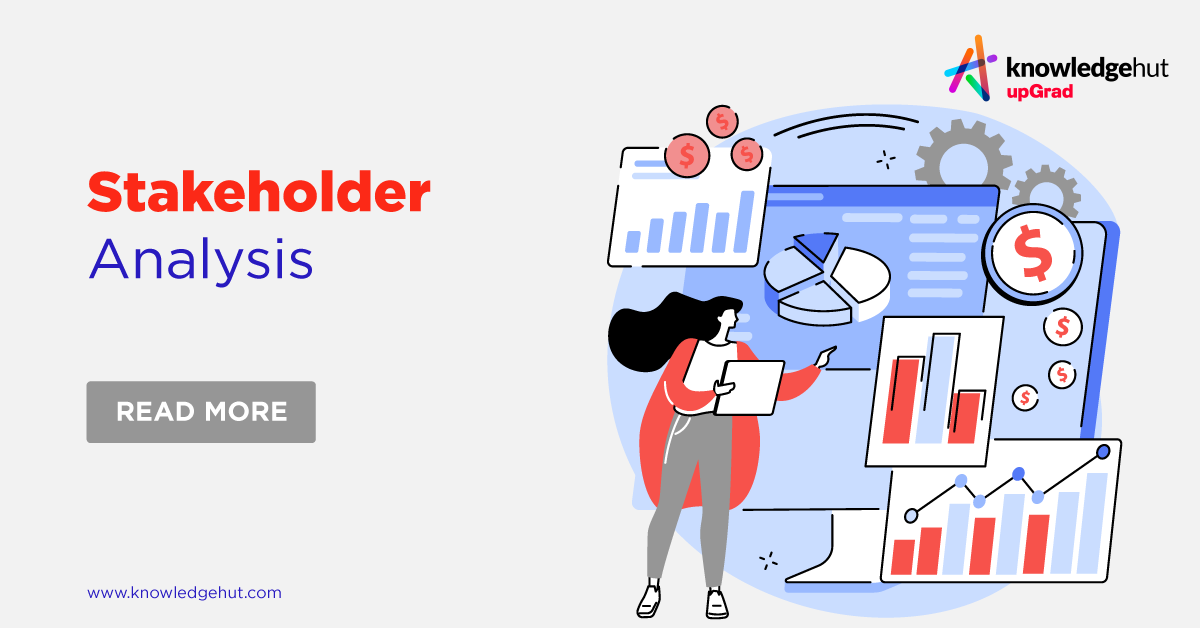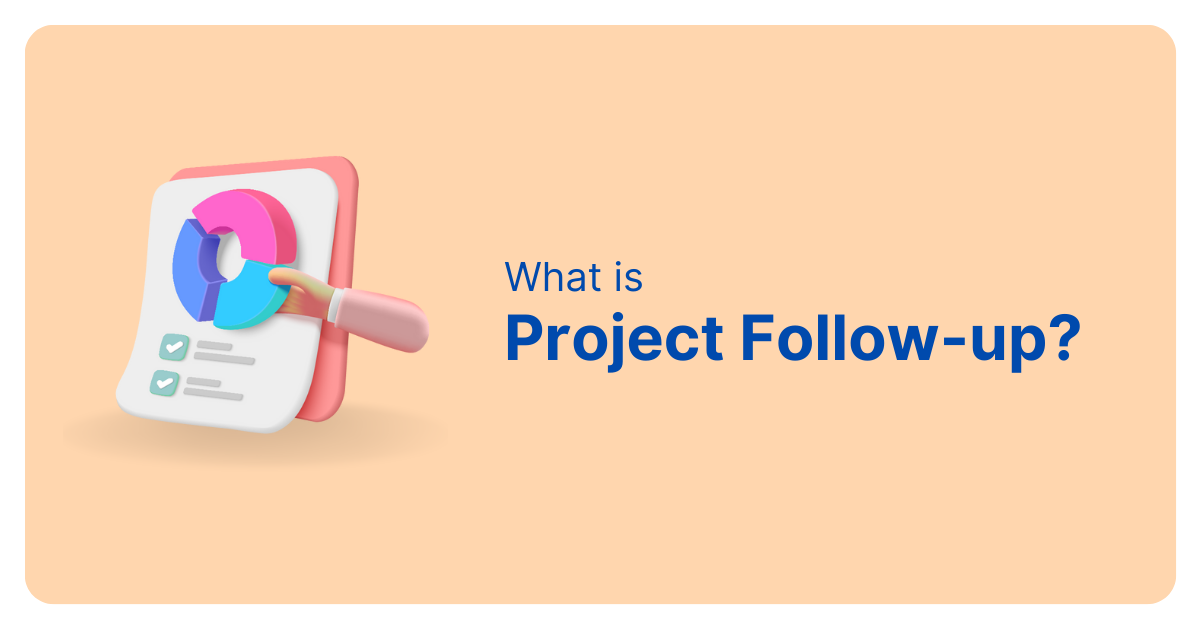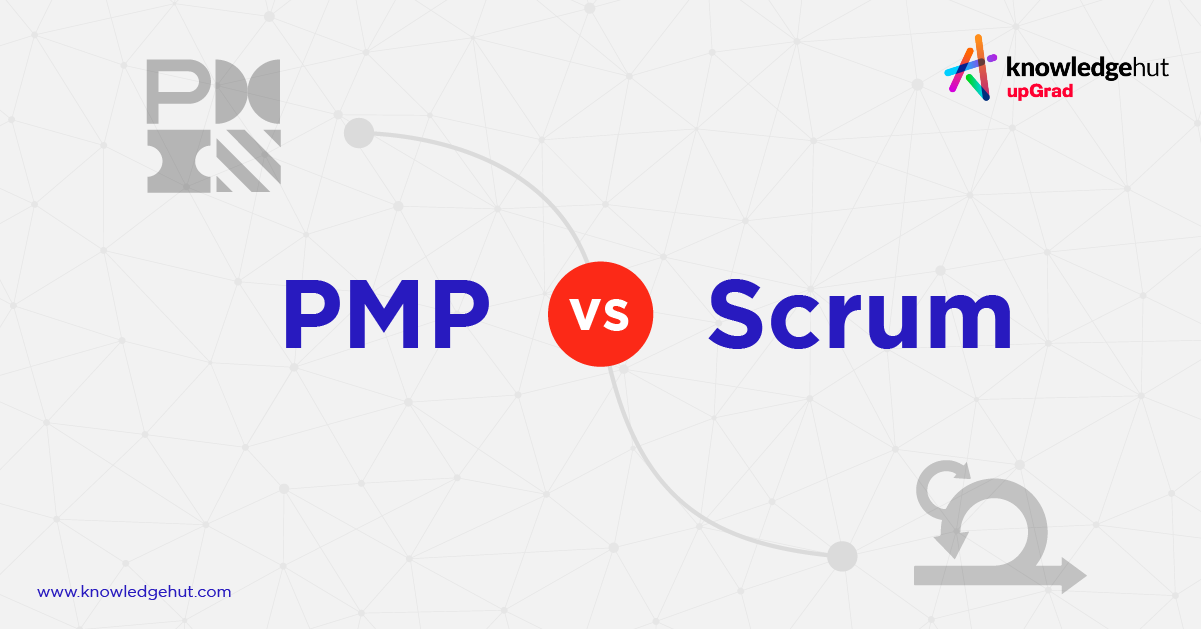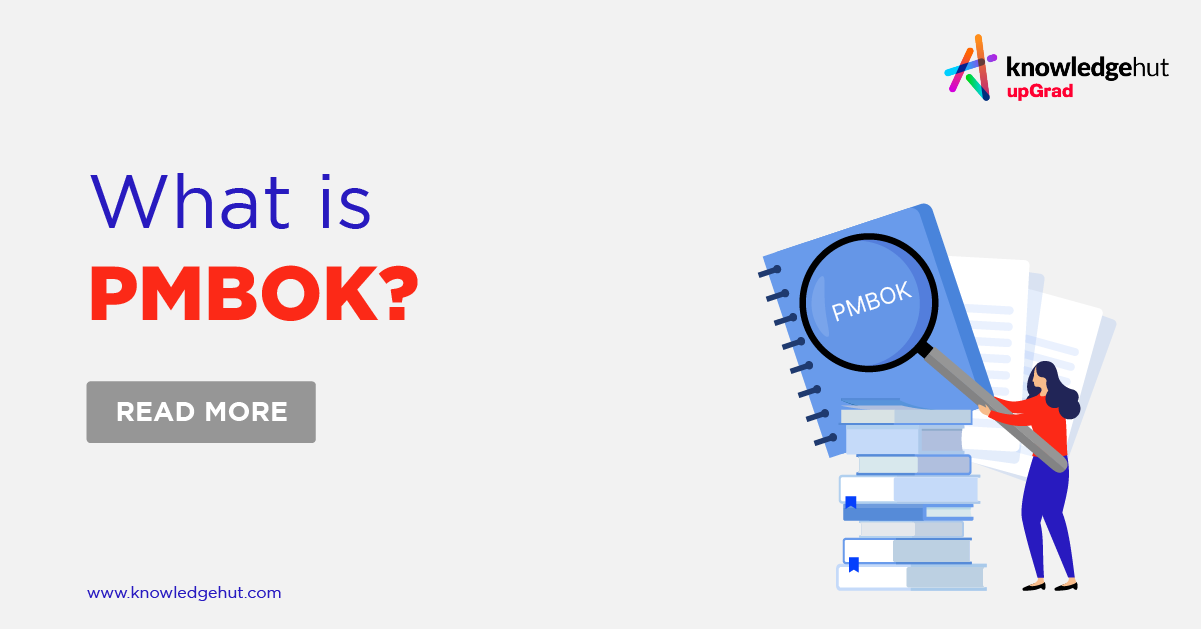An appropriate identification and grouping of stakeholders are crucial. They participate in completing a project with several objectives and goals in mind. To understand the stakeholders and know them better, an in-depth analysis of the stakeholders is undertaken to get the upper hand in the project. That process is termed as stakeholder analysis.
Stakeholder analysis helps in identifying the people before a project starts. It groups them as per their level of participation, influence, and interest in the particular project. Let us provide you with in-depth information on why stakeholder analysis is important. You can take Project Management Professional PMP course to upscale your skill.
What is Stakeholder Analysis?
To thoroughly understand what a stakeholder analysis means, first, we need to know what is project and what a stakeholder is. A stakeholder(s) refers to a single or group of people who are part of an organization that will be affected by a particular project undertaken by the team. They will be affected because they are going to be a part of the team involved in the project. Stakeholders are usually classified into two categories – Internal stakeholders and external stakeholders.
Internal stakeholders are the people who work in the organization and will be contributing to the project directly. They can be members of a project or the project lead. In addition, anyone within the organization will provide direct input into the project. External stakeholders are the entities that are outside the organization. For sample stakeholder analysis, they involve the government, customers, or shareholders.
Now that we know what a stakeholder is, let us understand what stakeholder analysis in project management is. A stakeholder analysis, in simple terms, is the process of identifying potential stakeholders and separating them into different categories and groups per their level of interest, participation, and Influence in the said project. This is done before a project is started. It also involves picking and deciding the best communication techniques throughout the groups and how to involve them to their optimum level.
Importance of Stakeholder Analysis
Since stakeholders benefit from stakeholder analysis for any organization and project, their management and communication are equally important. It is key in contributing to the success of any project they undertake. There are many reasons which can make the stakeholder management matrix important:
1. Gets Undue Important Tasks Done
If you manage your stakeholders properly and know their strengths to use them effectively, you will be in for a treat. Identify the most hardworking stakeholder in the group, and they will do it for you in no time. Give them work to complete that revolves around their risks and interests so that they do it with an extra touch of personal passion along with the right amount of professionalism.
Need a budget report as soon as possible? Ask your most dedicated and involved stakeholder in the finance department, and he will do it for you before the deadline. Need a great campaign for the new product you are selling? Get your most innovative marketing stakeholder on board and see the magic happen.
2. Reduce and Uncover Risk
Surprises are good while making profits, not for finding potential risks when you are halfway done with the most important project for your company this year. So, good stakeholder management is crucial for us to reduce risks when we start a project which can otherwise be hidden only to show itself when we are halfway done with the project.
This can be done by engaging and maintaining a healthy relationship with all stakeholders. By this, they can work with you as a team to discover the potential risks and diminish them before they become a threat.
3. Increase the Perception of Success
Yes, the perception that the result of the project is a massive success has to be created. It is highly accepted that when we put immense hard work into something and don’t get the optimum results, we still feel extremely proud of ourselves for what we have accomplished due to the hard work and dedication we put in.
Plus, we get good results when we engage with the right stakeholder analysis table. The twist is that it does not always align with the initial objectives we put out when we started the project. Still, we get good results. Different results, but good results.
4. Easier Project Closure
If you pass on the deliverables to someone who just heard about the project for the first time, the project falls into the wrong hands. That is why engaging with your fellow stakeholders is highly important because the more you know about them, the more you know how capable they are of digesting and understanding the deliverables.
If and when you hand over the project results to someone who has closely worked on this project, they will appreciate and understand the results it has procured more than someone who has not worked on it.
However, they will set out unrealistic expectations and then criticize the team and project for not being able to meet the precise standards. You can still learn more by opting for the best Project Management certification online.
How to Conduct Stakeholder Analysis?
Now that we know about stakeholder analysis and why it is crucial for any organization, we need to learn how to perform it correctly. To perform a Stakeholder Analysis, there are three main steps to undergo:
1. Identify your Stakeholders
Thoroughly figure out who your potential stakeholders are and what else they fit in. Examine your candidates extensively and find out their strengths and how they could contribute and be involved in this project. List out all the people who fit certain roles in this project and are interested in their roles.
2. Prioritize your Stakeholders
What should be next on your to-do list is to start prioritizing your stakeholders. Do this by finding out their level of passion, interest, resources, and Influence for the said project. Next, you must ensure that the prioritized candidates are best suited for this role and how to use them efficiently and effectively.
To figure out how much authority the said candidate should possess and what their position in the project should be, you can categorize them into four categories:
- Highly interested and highly resourceful people- They can be your project’s greatest assets. Use them wisely and place them at the top of the Chain.
- Highly interested, less resourceful people are filled with drive and passion. They will put their blood, sweat, and tears into the project with whatever is available and what they are provided with. Use them wisely.
- Less interested, highly resourceful people- These people possess what we require for the project, but the twist is that they do not require us just as much. We need to keep them engaged, so they do not turn their eyes elsewhere. Make sure they do not become extremely uninterested.
- Less interested, less resourceful people- Such people do not possess the qualities we need, neither the drive nor the power. We need them, though, to fill in the project spaces. So give them the illusion of power and keep getting the work from them.
3. Understand your Key Stakeholders
This is perhaps the most crucial step while doing a stakeholder analysis. If you do not understand your mendelow stakeholder analysis, you will never be able to use them for optimum results. So, understand your key and influential stakeholders. Keep taking their input, as they think about the project the best. To understand them in detail, asking some questions would be a good start. The questions can include:
- What drives them to the project?
- What is their interest in this project?
- What are they trying to get out of the project?
- What is their motivation?
- What is their current understanding of the project?
- If you can’t win their support, what can you do to stay in opposition and work towards one goal?
- Is their Influence on this project another fellow stakeholder?
Also, regularly communicate with your key stakeholders to get a clear stakeholder analysis diagram of the project’s status and position.
4. Influence your Stakeholders
You need to make sure that you have some Influence on the stakeholders to maneuver the project according to what you find best for the project. However, if you find them against you, set realistic goals and figure out how they can be won over.
5. Organize your Stakeholders
To get a basic idea of how the team of stakeholders act up against or in favor of you and are assets to the project, you need to regularly organize the stakeholders where you give them a color code for if they are a threat or an asset.
What is the Purpose of Stakeholder Analysis?
The primary goal of stakeholder assessment is to identify the important stakeholders and keep an eye on their requirements at the outset of a project. It is critical to have every detail of each stakeholder’s requirements and expectations from the project. Your analysis will come in handy when their needs and expectations conflict.
Why Use Stakeholder Analysis?
There are several reasons to conduct a stakeholder analysis at the beginning of every project. We have listed a few uses of stakeholder analysis below:
1. Development of Trust and Credibility
Regular interaction with stakeholders will increase their faith in your organization. Now that you understand the significance of a stakeholder analysis table, you probably want to know how to perform one. To begin, we’d like to point out that stakeholder analysis activities will differ depending on the firm, industry, and teams doing them (e.g., product management vs. project management).
2. Assists in Developing Effective Tactics
Understanding your stakeholders, including possible detractors and champions, varies from project to project and aids in developing a strategic engagement stakeholder analysis model.
3. Assists in Gathering Critical Information
Prioritizing important stakeholders based on their interests and impact can help you build the appropriate procedures and evaluation criteria for obtaining their opinion.
Top Cities where Knowledgehut Conduct Project Management Certification Training Course Online
Stakeholder Analysis Approach
Stakeholder impact analysis measures and analyses the impact of business choices on the firm’s stakeholders using analytical tools and methodologies. It is a crucial duty for business management. Making decisions pertaining to manufacturing, distribution, and ultimate sales are made using it to develop company strategies. The following are typical frameworks used to assess stakeholder impact analyses:
- Bourne and Kasprczyk Stakeholder Circle
- Murray-Webster Simon 3D Cube
- Mendelow’s Power-Interest Grid
1. Murray-Webster-Simon 3D Cube
Mendelow’s Power-Interest Cube is expanded upon by the Murray-Webster-Simon Power-Interest-Attitude Cube. Murray-Simon-Webster Cube incorporates the extra dimension of attitude and applies Mendelow’s mapping to a particular business enterprise.
Stakeholders are categorized using the Murray-Simon-Webster Cube method according to three essential traits: power, interest, and attitude. As was already said, the definition of power is the stakeholder’s capacity to affect the fundamental design of the company. Making important business decisions like general strategy and resource allocation is a part of it.
Interest is defined as the degree of alignment between a stakeholder’s goals and the objectives of the business. A stakeholder’s attitude toward a particular project may be characterized as an attitude, which is a project-related metric.
2. Bourne and Kasprczyk’s Stakeholder Circle
A Bourne-Kasprczyk- To examine how a choice would affect the firm’s shareholders, the Stakeholder Cycle first attempts to describe the general culture of a company.
Four different types of cultures- organizational, professional or industrial, national/regional, and generational—may impact the implementation of stakeholder relationship management policies and procedures in an organization.
3. Mendelow’s Power-Interest Stakeholder Analysis Table
Stakeholders are categorized according to their Power over the business and Interest in the firm using Mendelow’s Power-Interest Grid. The capacity of a stakeholder to affect the fundamental design of a company is referred to as power. It is a part of making important business decisions like general strategy and resource allocation.
Interest may be described as the degree of alignment between the goals and objectives of the stakeholder and those of the business. A company’s CEO, for instance, could have a great deal of influence and interest in that company. The government may significantly influence the company despite having little direct involvement in it.
Stakeholder Analysis Techniques
There are several stakeholder analysis techniques and stakeholder analysis tools that can be used in project management. However, we have curated a list of the top five stakeholder mapping techniques that have proven to be the best over the years:
1. Power Versus Interest
This is one of the most used strategies for stakeholder analysis. This is where the most powerful stakeholders would seek to keep their interests served. And, when their interests are deeply embedded in the project, they like to be controlled up front.
The analysis can be extremely useful for taking a stakeholder engagement assessment matrix. The high-power and high-interest stakeholders in this group will need specifics daily. Even if the stakeholders have less Influence, they want to be kept informed. This is not the same as being carefully handled.
A power interest grid is a stakeholder analysis matrix, which allows you to examine these persons graphically, and can help you prioritize your stakeholders. The location of each stakeholder on the grid indicates how you could engage with them.
This is one of the most visually appealing ways of classifying stakeholders. The stakeholder power interest grid, also known as the stakeholders’ map, may be handy when you have many groups or individuals interested in your project. With a power grid in place, you can group the individual stakeholders as per their Influence and interest rather than catering to their requirements individually.
2. High Influence, High-interest
Business partners and investors are examples of stakeholders. Manage these stakeholders carefully and do everything possible to engage and satisfy them. Increase your emphasis on this group, keep them updated and consult with them frequently. Special treatment, such as confidential information sharing or direct communication, may be included.
3. Low-interest, High-power
Individuals or organizations in this group, such as regulators and oversight authorities, have tremendous Influence on a project or corporation while investing little in its success. Because these groups may have the authority to change or impede the execution of a project, it is critical to exchange information with them to meet their needs and demands. Those in this category are frequently satisfied by demonstrating conformity.
4. High-interest, Low-power
Employees and community organizations are examples of this sort of stakeholder. Individuals and businesses in this category have less Influence over significant decisions, yet they remain committed to the company’s success. Keep these stakeholders updated and ask them for advice and help as required. Involve them in low-risk decisions and elicit their feedback.
5. Low-interest, Low-power
These are persons or organizations in which your firm’s actions may have an influence, but they have not shown an interest or investment in the company. This category includes members of the general public who are uninformed or not closely monitoring your activity. Making information available to the public when it is appropriate and safe can offer knowledge to persons in this group, allowing you to convert them into a more invested group in the future.
6. Salience Model
The salience model is yet another approach on our list of stakeholder analysis tools. This stakeholder analysis model‘s role is to increase the relevance of “powerful” stakeholders. The salience model incorporates three factors: Urgency, Power, and Legitimacy.
7. Importance and Influence
The important influence grid is another related to the power stakeholder analysis methodologies. Stakeholders with a high level of interest and Influence are examined in further depth here. After all, these specialists’ decisions have the greatest Influence on the firm.
8. Power and Influence
The power and influence grid is a lesser-known but highly valued stakeholder analysis approach. This is analogous to the electricity and interest grids. Perhaps this is why the power-influence matrix is frequently overlooked. As previously stated, the parameter “influence” indicates the total activeness of the stakeholders, whereas the parameter “power” defines the overall authority of the members.
9. Influence and Impact
The influence and effect grid is next on the list of stakeholder analysis approaches! This is analogous to the power and interest grid. On the other hand, Influence determines how involved a stakeholder is in the project.
It also specifies the extent to which a shareholder may compel the rest of the corporation to make a decision. On the other hand, impact identifies the stakeholder’s capacity to produce an outcome. This grid’s major goal is to prioritize the real worth of stakeholders.
Unleash your potential with leading top agile certifications and guide your team to success with agile management strategies. Embrace the power of agility now!
Example of Stakeholder Analysis
Project managers use stakeholder analysis to identify significant stakeholders and analyze their interests, positions, alliances, and value to the project. Such information enables project managers to communicate with stakeholders more effectively and gain support for a certain policy, program, or project.
In addition, conducting such an analysis before project execution assists project managers in discovering and preventing misconceptions and potential project opposition. There are many different ways to perform an extensive stakeholder analysis, but the best way is to plot the stakeholder’s analysis on a graph. First, you must put low to high interest on the x-axis.
On the contrary, power goes from low to high on the y-axis. After this, divide the graph into four quadrants and name them Low, low, high high, high, low, and low high. This will provide a good enough understanding of the level of communication you provide for an individual or a group of stakeholders.
Conclusion
Performing a stakeholder analysis is extremely important. It is a key determinant in deciding how well a project can be performed and how well it is expected to yield results. If you have the right internal and external stakeholders favoring you and your project, your project is bound to succeed. However, if the factors do not align, there can be much turbulence in the project. Yet to grasp the complete knowledge of project management and important concepts like stakeholder analysis? KnowledgeHut Project Management Professional PMP course has got your back.
Frequently Asked Questions (FAQs)
1. What are the four steps in the process of stakeholder analysis?
The four steps in the process of stakeholder analysis are – identifying the stakeholders, clarifying the interest and Influence of stakeholders, agreeing on the process of engagement between stakeholders, and managing the relationship with stakeholders.
2. What is the purpose of a stakeholder analysis?
The main and basic purpose of stakeholder analysis is to view the relationship between stakeholders and identify the key stakeholders who can be an asset by figuring out what issues they care about the most.
3. How do you identify stakeholder needs?
People are there for personal motivation. It can be financial, moral, ethical, religious, political, or business interests. You can identify their needs by asking them or observing what topic interests them the most regarding this project.
4. What are stakeholder analysis techniques?
Power/interest grid- Here, we compare stakeholders based on their interests and power/influence/resources. Salience stakeholder analysis framework– Each stakeholder is assigned one out of seven classes based on power, Influence, and urgency.
A Venn stakeholder analysis diagram represents it. Stakeholder analysis chart: The stakeholder analysis chart evaluates the stakeholder’s support and awareness of the project.



